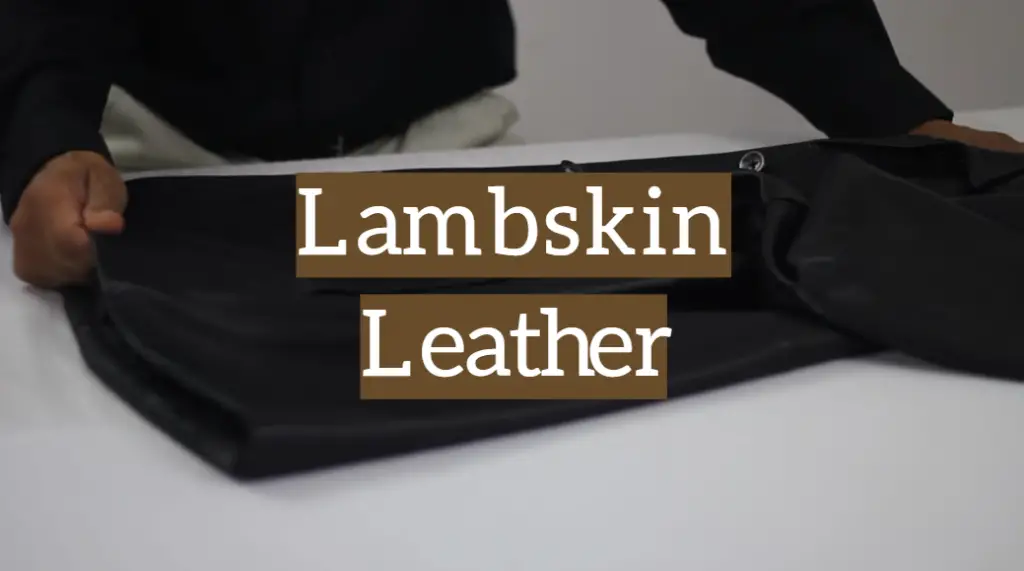
Definition of lambskin
Basically lambskin comes from the same natural material as sheepskin. Respectively, sheepskin is made from the hides of adult sheep, while lambskin is made of young sheep – lambs. That is why this leather becomes soft and thin. Due to such structure, this leather type is not quite durable and wear-resistant. For instance, sheepskin is very popular about bikers, while lambskin is mostly used for making more refined clothes and accessories – bags, work gloves, belts, lightweight jackets, etc.

What is lambskin leather?
Natural lambskin is a very soft material with multiple elastic properties. Craftsmen call lambskin “the golden mean” between pigskin and cowhide leather. It differs from cowhide leather by a better price, from pigskin by a better appearance and wear-resistant qualities. Just like other leather types, lambskin has a few varieties to choose from:
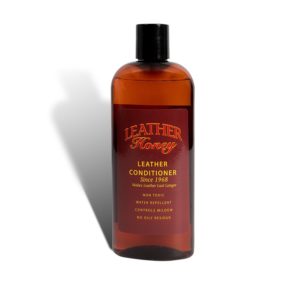 The Leather Honey brand is a cleaning solution that’s perfect for anyone that has a stained or heavily soiled lambskin leather goods. It rids away dirt and grime fast, resulting in an excellent restoration job.
The Leather Honey brand is a cleaning solution that’s perfect for anyone that has a stained or heavily soiled lambskin leather goods. It rids away dirt and grime fast, resulting in an excellent restoration job.
1) Vegetal lambskin is called Chevrette. It is sheepskin treated with eco-friendly dyes. Such lambskin leather type is distinguished by certain patterns and spots. Vegetal leather also has a high wear resistance, as well as such properties – resistance to moisture and mechanical damage.
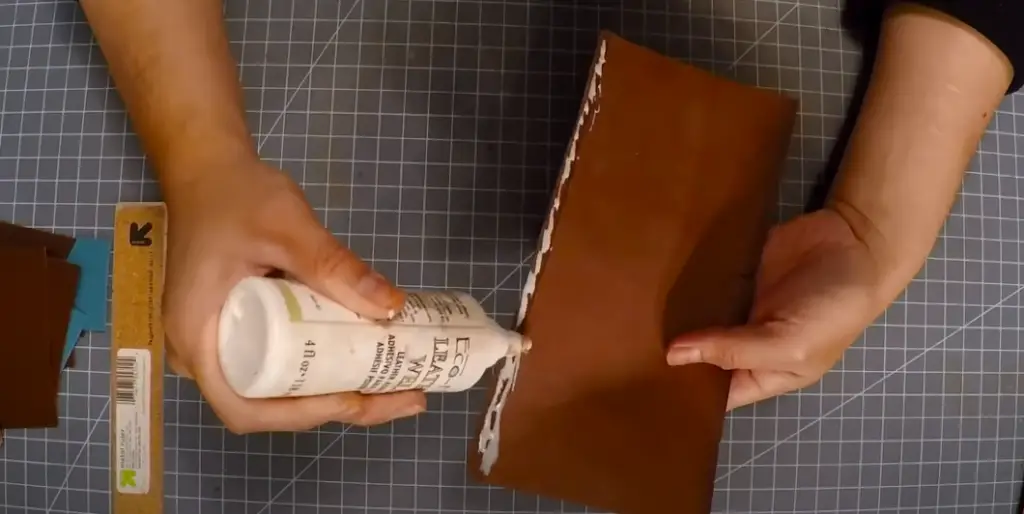
2) Plonge lambskin is made from the soft hides of young sheep. You can trace veins, spots, roughness, wrinkles, tubercles on the surface of plonge lambskin. It looks more like an expensive fabric than leather. These factors explain its high price, but keep in mind that this leather type is not moisture resistant. You can’t wear it in the rainy weather, especially heavy rain – after drying, the traces of rain drops may remain on this leather type for good.
This is a very soft leather type that won’t survive any heavy mechanical damage. For instance, the coat may stretch on the places of elbows, especially due to the improper storage. Plonge lambskin may deteriorate when you carry the bag on the shoulder, after the constant friction. The scratches may appear even from minor damage. Such lambskin requires a special care, accurate and regular treatment.
Major features of natural lambskin leather
Lambskin is recognized for having a natural stretch and soft temper. Most of the sheep hides are between 6-10 sq. ft. and are typically 1-2 oz thick. Lambskin is ideal for different kinds of projects from watchbands to furniture upholstery.
Genuine tanned leather always has a specific smell that can’t be confused with anything else. The natural lambskin leather’s structure is also unique. The structure contains organic matter, collagen that builds molecular chains. When this lambskin is stretched, these collagen chains stretch and return to the original shape. Such valuable properties distinguish the natural material from artificial fabrics when it is stretched, changing the structure.
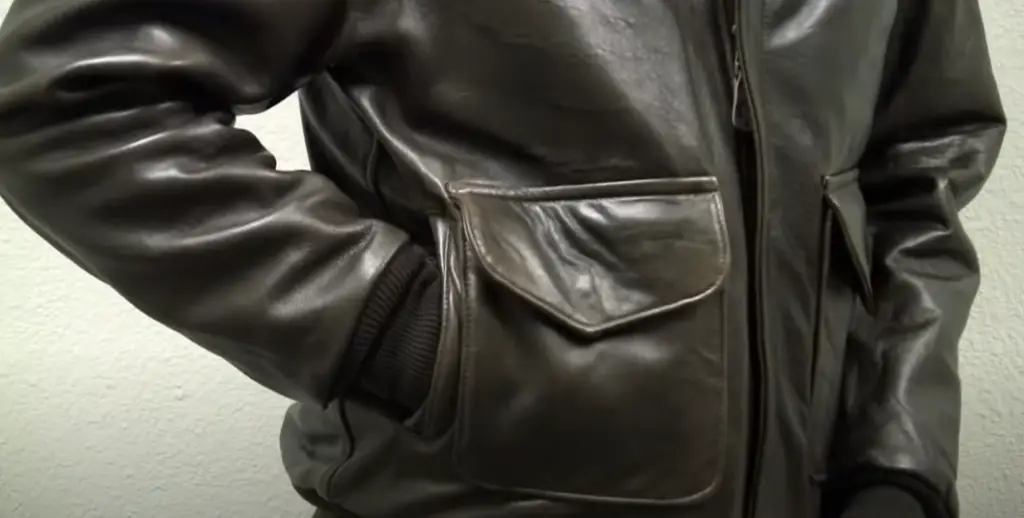
Any leather type has the folds or wrinkles on the surface, natural traces received by a lamb during his life. Leather is a natural product with a unique surface. So do not be afraid of strange marks and occasional spots – it is a must-have sign of natural lambskin.
Difference between genuine leather and lambskin
Both types are referred to as real leather materials. But there are a few qualities that surely make them different leather types.
As a customer, you may have noticed that natural lambskin costs less than genuine leather, despite being thinner and much softer. On the other hand, real genuine leather of the full-grain type remains practical and sturdy. What to choose – is up to you!
But keep in mind that genuine leather is mostly a full-grain, premium rawhide material. Furniture upholstery and DIY leathercraft products will do fine if you pick this fabric. Also, genuine leather is great for resistance from stains. Additionally, you can recognize it by a very strong leather smell.
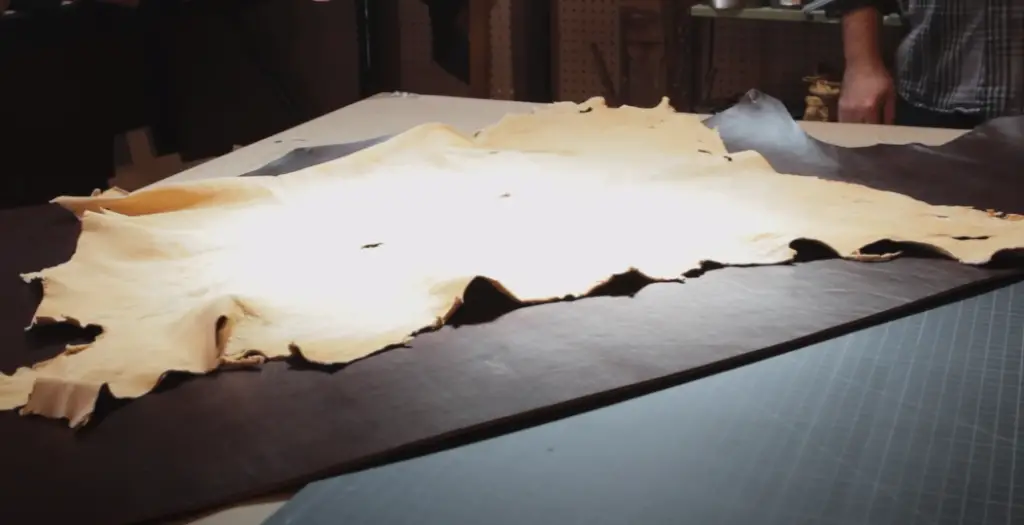
Lambskin is mostly used for making soft and thin coats, skirts and clothes. It resembles genuine calfskin because lambskin is soft and supple. It is less expensive than genuine leather types, though the price tags may be higher. Unlike full-grain genuine leather, lambskin is less durable. But you may protect these clothes with special affordable treatments.
Both genuine leather and lambskin are going through the treatment with dyes. That is why even the brightest colors are possible when it comes to real leather clothes. Both leather types are for repurposing into purses or wallets after being used as the furniture upholstery and clothes.
Tips to take care for lambskin leather:
How to care for lambskin leather? Natural material is very smooth, soft and beautiful. If you want to keep it that way as long as possible. Be patient because taking care for lambskin leather is not that simple. Catch a few lambskin leather care tips to make this routine easier:
 The Leather Honey brand is a cleaning solution that’s perfect for anyone that has a stained or heavily soiled lambskin leather goods. It rids away dirt and grime fast, resulting in an excellent restoration job.
The Leather Honey brand is a cleaning solution that’s perfect for anyone that has a stained or heavily soiled lambskin leather goods. It rids away dirt and grime fast, resulting in an excellent restoration job.
- Before wearing a lambskin jacket, apply a special leather protectant. Opt for the product made for delicate leather types. Professional cleaning services advise spray and not to run such products in lambskin clothes or accessories;
- If your lambskin coat becomes dirty, clean it carefully to avoid any discoloration or darkening. Start from finding a clean, light and soft cloth. Wipe gently, do not use water and do not scrub. Such actions will only lead to more stains. Tough stains and dirt can be removed from lambskin only with powerful remedies. Make sure to test them first on hidden spots before applying all over the coat;
- Conditioning is important and essential. It is the only way to prevent lambskin from cracks and drying out. It is important to find a proper leather conditioner that works well on delicate lambskin products. Test them first to prevent any darkening or nasty spots. A nice conditioner should keep lambskin leather supple, healthy and protected from the mechanical damage I’ve mentioned earlier;
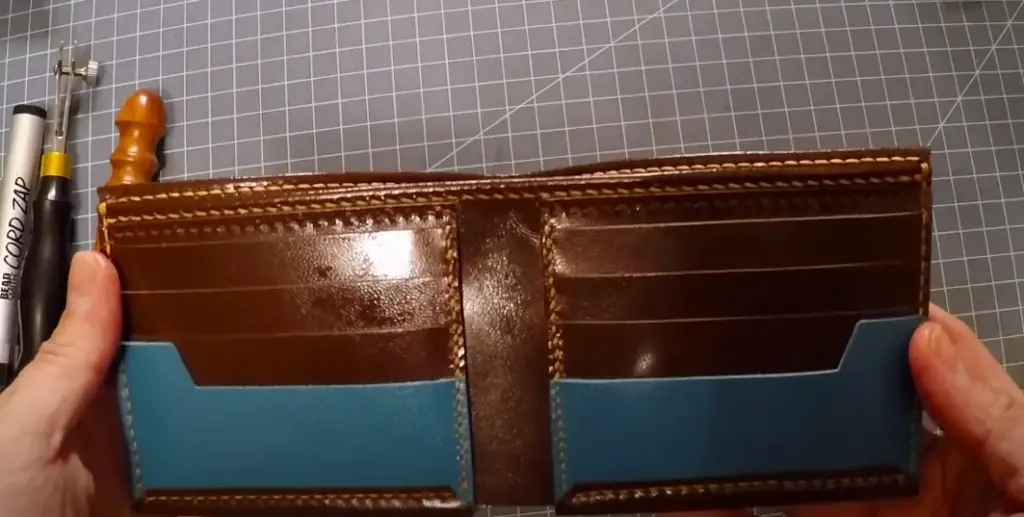
How to store lambskin leather products?
A large part of the lambskin leather routine is proper storage of these clothes. Please, do not just store lambskin coats in the back of your closet. Follow these tips:
- Use padded hangers for retaining lambskin leather jackets in proper shape;
- Never use plastic covers for lambskin products. Unless, it will dry out;
- Keep lambskin away from the direct sunlight;
- Keep lambskin in a dry and cool place, but it should not be too hot or moist;
Final thoughts
Now when you know how to keep lambskin soft and nice for a long time, you can fearlessly buy any products made from this natural material. Store and care of lambskin properly to prevent any disappointment from this investment.

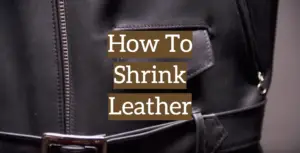

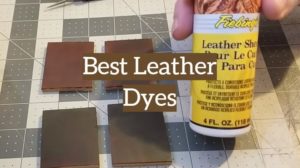
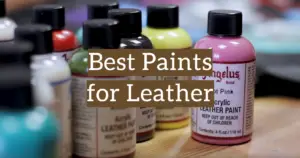

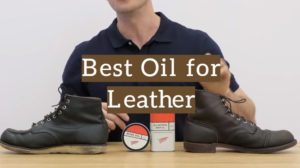



I had no idea how to take care of lambskin leather. I didn’t know you should avoid water. I probably (almost) ruined my jacket because I didn’t know this. I wonder if I use some leather conditioner if I can save it now? Well, it’s worth a try, no?
Hello, Jack! I would recommend to use leather conditioner such as Leather Honey or TriNova.